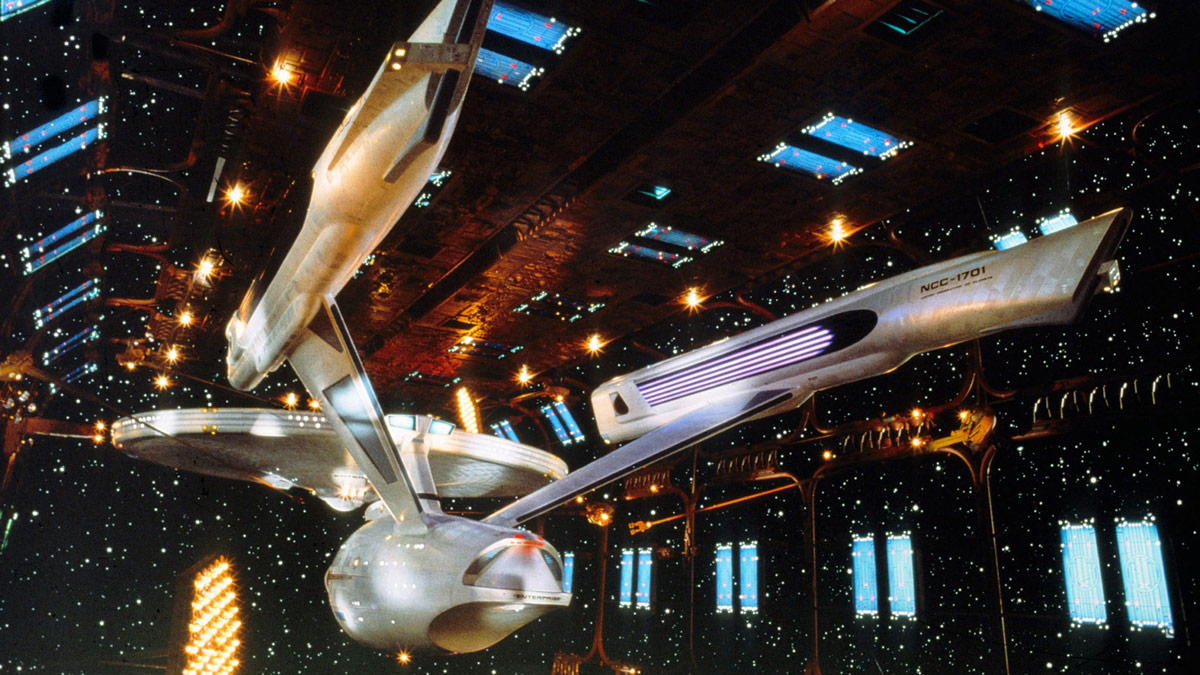
(c) Photofest / Getty Images
The struggles of the special effects staff who created the movie “Star Trek: The Motion Picture” and what they left behind Part 1
The history of the establishment of RA&A and its internal conflicts
Able then joined the David L. Wolper Company, where he directed documentary films such as A Nation of Immigrants (1967) and Making of the President 1968 (1969). However, after being present at the scene of Robert Kennedy's assassination and reporting on the Vietnam battlefield, he became completely tired of the real world, and began producing works such as `` Elvis on Tour '' (1972) and ``Rock and Roll Explosion'' (1973). He changed his direction to music films.
Meanwhile, after finishing work on ``2001: A Space Odyssey,'' Pederson resumed work with Able in 1970 and proposed establishing a special effects production company. The plan was to purchase a slit scanning device that had been lying dormant in the studio after 2001: A Space Odyssey and create commercials, etc., and in 1971 RA&A was formed with Able as president.
“2001: A Space Odyssey” preview
At first, Able was also working as a music film director, so he created logos and program titles for broadcasting stations for orders from the advertising company Sullivan & Marks. However, in 1974, in order to begin commercial production in earnest, Richard Alexander, who had worked on the special effects for ``Silent Running, '' Edlund, who had worked on the special effects for ``The Great War,'' and later Rhythm & Hughes Studio, were hired. It hired founder John Hughes, executive producer Shelley McKenna, and light artists Richard Taylor and Wayne Kimble.
Then, he released the commercial ``Bubbles'' (74) (*16) for 7up, which involved extremely complex optical synthesis, and his name suddenly became known worldwide. Subsequently, he produced a series of special effects commercials such as 7up's ``Uncola'' (75) and Levi's ``Brand Name'' (77) (*17), and won consecutive Clio Awards (one of the world's three major advertising awards). and receive an award. The psychedelic images they created, full of light and color, were called the ``Illuminatech effect'' and caused a huge boom in the advertising industry around the world (including Japan). In other words, Paramount bet the fate of Star Trek: The Motion Picture on this technology and taste.
However, even before the Star Trek: The Motion Picture request came, there was some confusion within RA&A. Westheimer, where Edlund, a staff member at the company, was working when he was working on ``Space Mission'', commissioned Howard Anderson Optical to carry out the actual synthesis work. The company's president, Howard Andrew Anderson, had previously developed an optical printer for VistaVision at the request of John P. Fulton, a famous special effects director. However, as Paramount withdrew from VistaVision in a short period of time, this machine was only used to synthesize ``The Ten Commandments'' (56) and ``Take a Course North by Northwest'' (59) and was put into storage. It was packed.
“Ten Commandments” preview
Having obtained this information, Edlund asked Able to purchase this machine. However, when Able refused this request, relations deteriorated, and Edlund transferred to Dijkstra's ILM to install and modify Anderson optical printers. At Edlund's invitation, Alexander also moves to ILM.
Furthermore, Wayne Kimble (*18) opposed the idea of participating in a feature film, and went independent with many of the staff before starting Star Trek: The Motion Picture. Among them was optical engineer Christopher Dussendeskorn, whom Able had hired specifically for Star Trek: The Motion Picture. In addition, executive producer McKenna quit RA&A in late 1977, fed up with disputes with Paramount over budget.
*16 I was surprised to see that 7up's `` Bubbles '' was recently parodied in the Lottery/Bingo 5 commercial `` Image Video Edition ''.
*17 RA&A undertook the production of this Levi's commercial for $190,000, but it actually cost $330,000, putting pressure on the company's management. In this way, ABLE was loose with money, and tended to work without considering profitability.
*18 Kimble and others founded Mid-Ocean Motion Pictures, but it went bankrupt after just two years, and Dussendoskorn returned to RA&A to work on Tron (1982).

